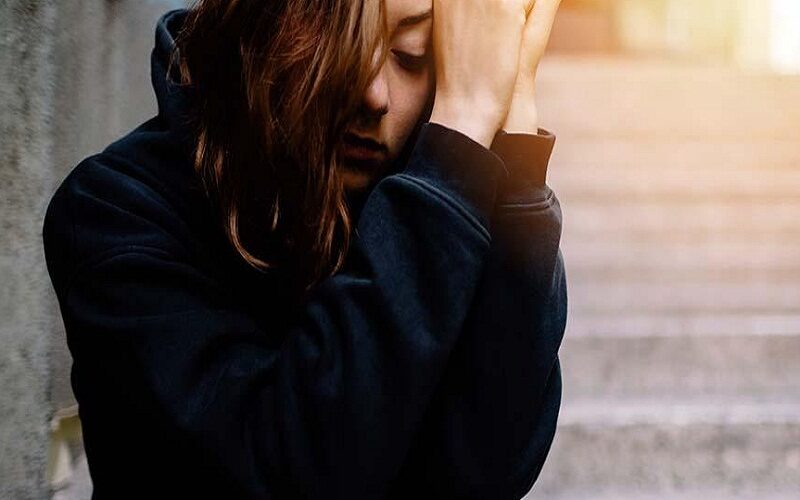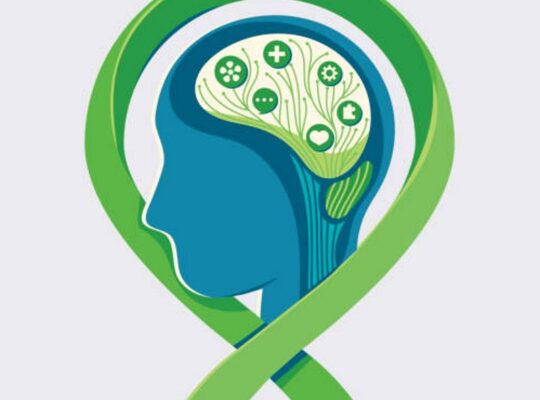The U.S. had too few psychiatrists even before COVID-19 increased rates of anxiety and depression. From partnering with primary care providers to innovative digital tools, leaders are stepping up with a range of creative solutions.
Fear of contracting the deadly virus, the loss of loved ones, painful social isolation, economic setbacks, and other powerful stressors eroded the well-being of communities across the country. At the height of the pandemic, 40% of adults reported symptoms of anxiety or depression — compared with 11% pre-COVID. Over time, this percentage dipped to 33% in June 2022, still higher than pre-pandemic levels.
Yet the United States does not have nearly enough mental health professionals to treat everyone who is suffering. Already, more than 150 million people live in federally designated mental health professional shortage areas. Within a few years, the country will be short between 14,280 and 31,109 psychiatrists, and psychologists, social workers, and others will be overextended as well, experts say.
“We have a chronic shortage of psychiatrists, and it’s going to keep growing,” says Saul Levin, MD, CEO and medical director of the American Psychiatric Association. “People can’t get care. It affects their lives, their ability to work, to socialize, or even to get out of bed.”
In addition, the gap between need and access is wider among some populations, including those in rural areas. In fact, more than half of U.S. counties lack a single psychiatrist. In Nebraska, “you might have to wait months for an appointment — even for people who are fairly ill,” says Howard Liu, MD, MBA, a psychiatrist at the University of Nebraska Medical Center (UNMC) in Omaha.
Source : AAMC





